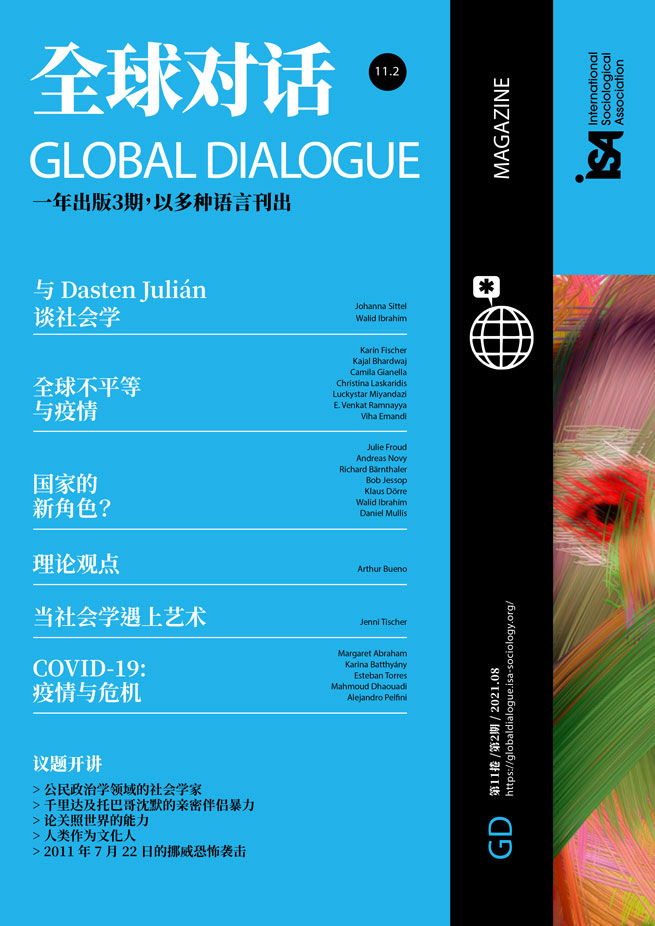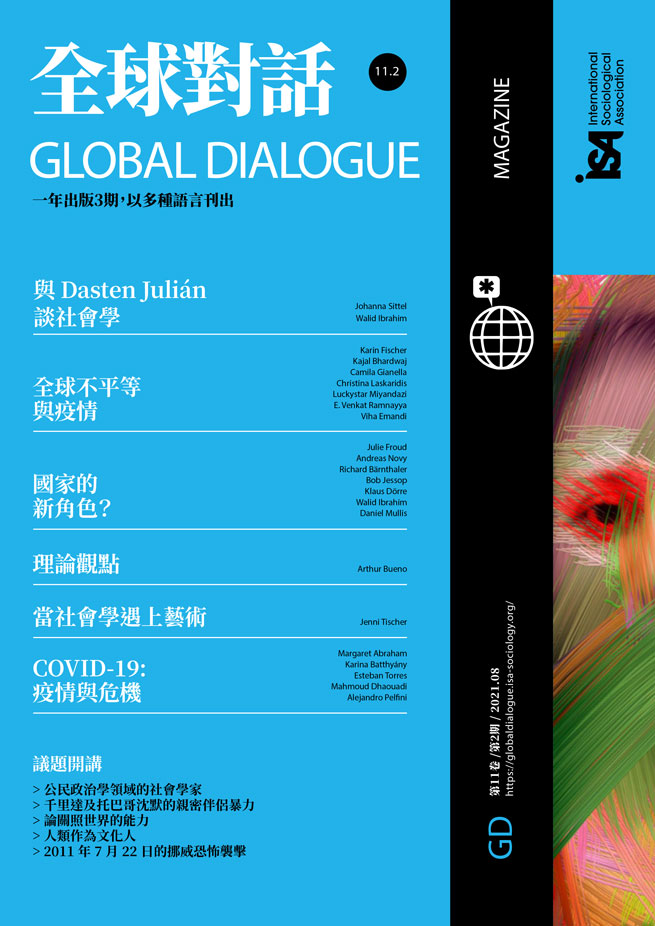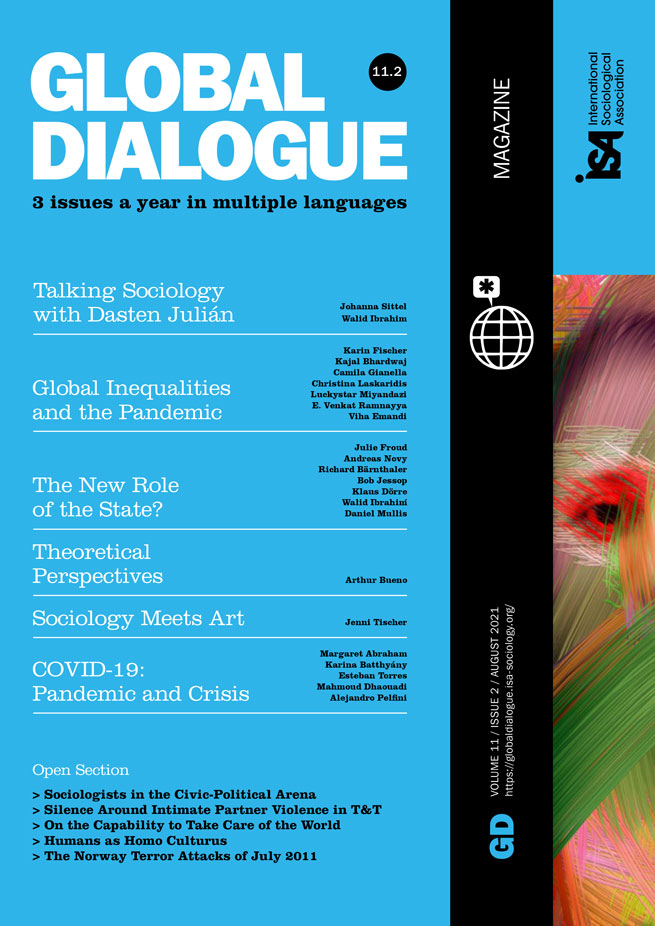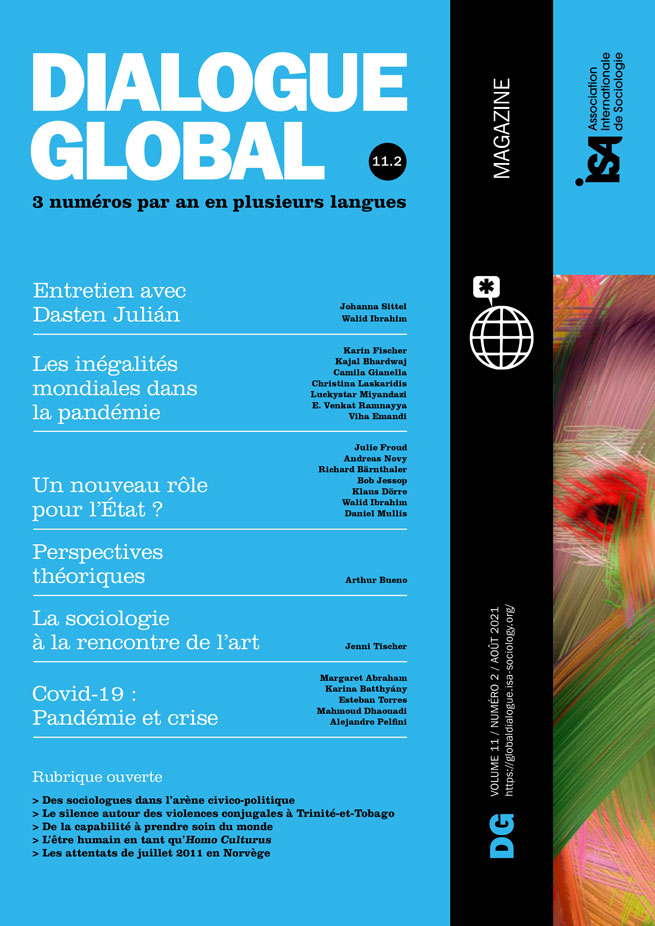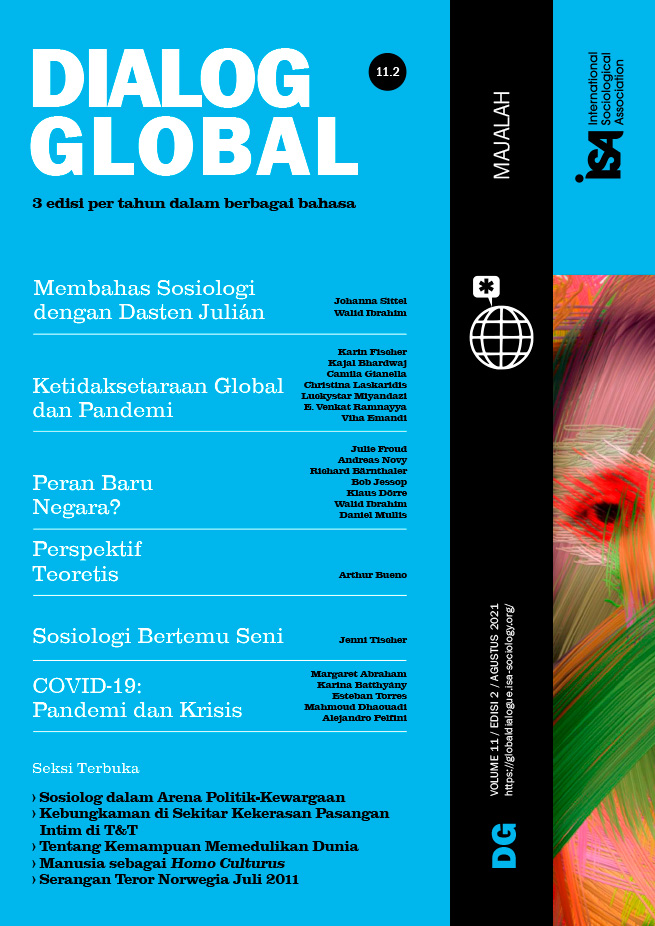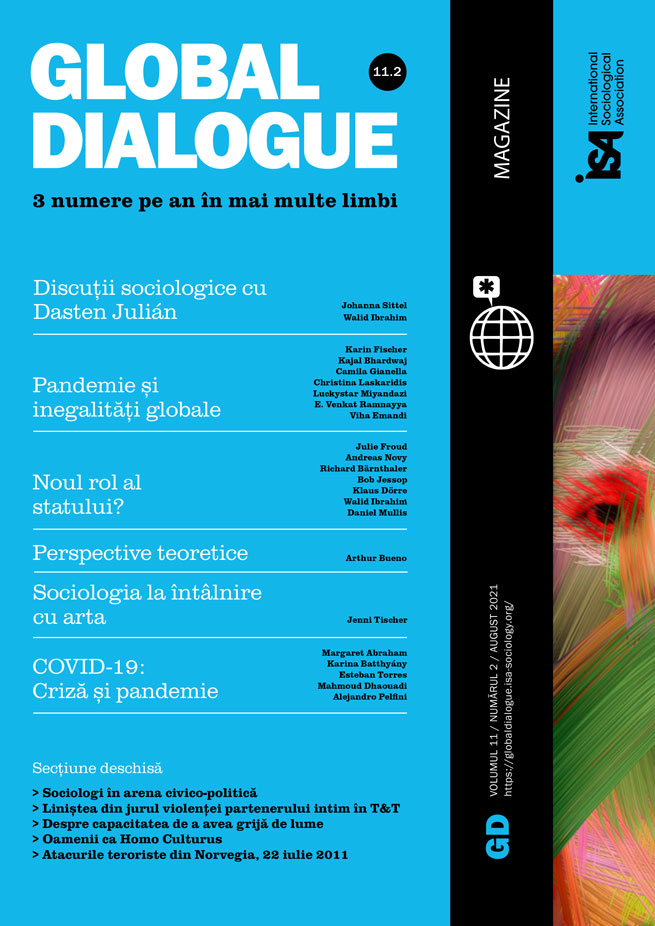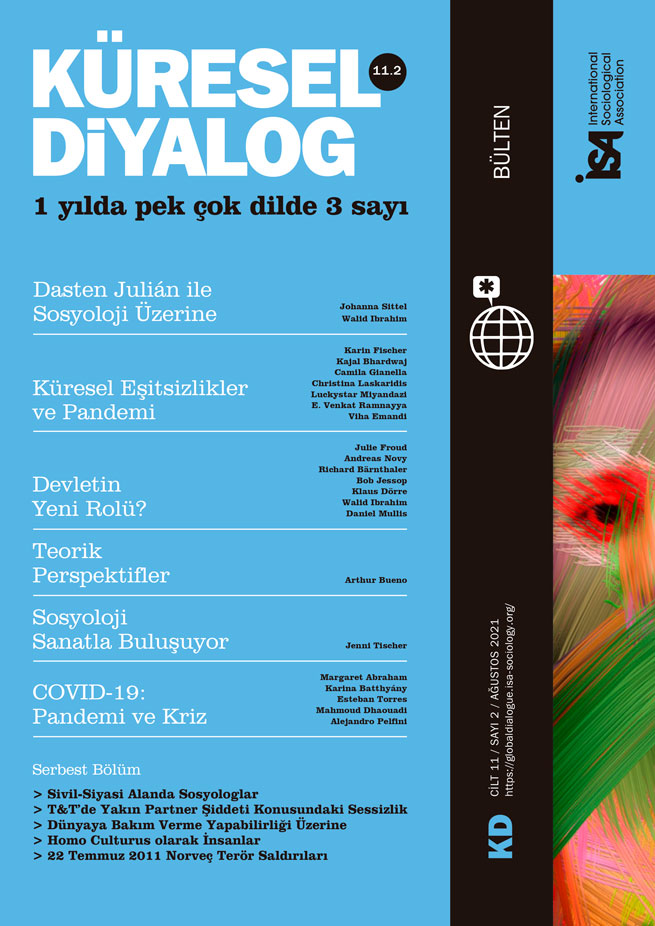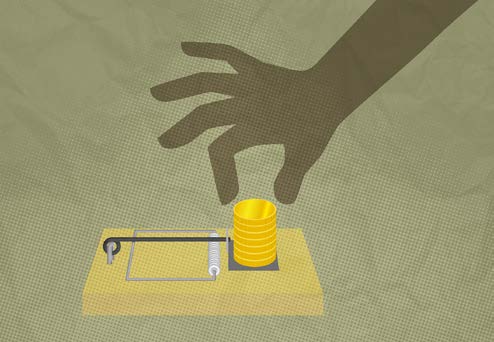Wealthy countries combat the economic downturn through debt-financed spending and economic stimulus, while low- and middle-income countries in the Global South are caught in an unfolding debt trap. The legacies of colonialism and past geographies of sovereign debt in the Global South are being reinforced in times of COVID, with long-standing approaches to international lending promoting creditors’ interests over debt relief.
North-South inequality and global debt finance
David Graeber was among those who exposed how debt is effective at shrouding historical relations of dependence and unequal power relations. Time and time again, he argued, relations of violence reframed in the language of debt have the immediate effect of making the one in the weaker position appear in the wrong. International loans were part of colonial projects, and repayment difficulties generated conflicts between creditors and debtors that resulted in direct foreign supervisory mechanisms and military interference, but it was not infrequent that debtors successfully suspended payments and prevented debt collection. More recently, global inequalities in international debt have been explored through the prism of neo-colonialism and financialization. Subordinate financialization characterizes unequal debt relations, with structural constraints to development arising from being in a subordinate position vis-a-vis a core.
One aspect of this relates to the international monetary and financial system. As posited by Keynes, and subsequently by many post-Keynesians, liquidity preference reveals a hierarchy in financial assets that becomes most evident in the international economy during conditions of uncertainty and instability. Warnings of upcoming debt traps were mounting up to the eve of the pandemic. Years of loose monetary policy in the US, born out of a response to a crisis in the global North, alongside the actions of financial firms, created a surge in global liquidity, with knock-on effects for current debt crisis. This led to a global search for yield across the developing world that led to a changing creditor landscape for many low- and lower middle-income countries, with highly unequal access and cost of finance for low- and middle-income countries. This built in a structural vulnerability to “market risk” with the ability of a country to finance and refinance itself becoming highly dependent on factors beyond its control, adding to the long-standing concern of foreign exchange volatility arising from commodity dependence.
Debt repayment problems emerge from development constraints and global structures of production, themselves products of colonial pasts, and less from the often-heard explanation about domestic mismanagement of public finances. Another aspect of this relates to entrenched institutional failures about how debt crises are addressed. When debt repayment problems arise, countries face an amalgam of creditors’ forums, disparate legal environments, exclusion from capital markets, and risk creditor litigation, while being forced to abandon development plans. This is often alongside contractionary IMF programs that fail to provide equitable and long-lasting solutions to debt problems, weakening a state’s ability to protect vulnerable populations. As widely acknowledged, debt crises are dealt with in ways characterized by “too little, too late,” frequently failing to re-establish debt sustainability, and at great social cost for the debtor country.
The impact of COVID-19 on debt
With the onset of the pandemic, long-standing inequalities in the global economy were exposed and exacerbated. Alongside disruptions of trade, which countries are reliant on as a source of foreign exchange, and declines in key commodity prices determined in financial markets, the capital flow reversal in spring 2020 was the largest ever on record. This led to a depreciation in countries’ currencies, making the burden of foreign currency debt repayments greater. The lack of access to hard currency during a crisis reflects unequal integration and subordinate position in the international economy and creates an unequal ability to respond. While this is most obvious in the markedly different scales of fiscal support measures across income groups, asymmetric access to needed liquidity is reinforced by the actions taken by powerful actors.
Only some of the largest countries have access to enlarged dollar swap lines inaugurated by the US Federal Reserve Bank, and regional financing arrangements have been mostly inactive, leaving the main policy response to global debt issues to come from the G20 and the International Monetary Fund (IMF). Yet, despite estimations of $2.5 trillion needed in unconditional and debt-free financing, along with a $1 trillion estimated debt cancellation across income groups, and long overdue overhaul of debt architecture, the response has relied on increased access to expensive loans across regions and income groups, often to countries already facing debt-repayment difficulties. Some of these countries already spend amounts of public revenue on debt service that are several orders of magnitude greater than that spent on healthcare. IMF loans and temporary postponement of bilateral debt service through the Debt Service Suspension Initiative (DSSI), established by the G20 in April 2020, worsen existing debt problems and, are predicated to lead to years of future austerity, while indirectly enabling non-participating private and multilateral creditors to get repaid. The voluntary aspect of the DSSI means that debt service relief is partial, and favorable to non-participating creditors, and delivery is on expensive terms and far less than needed. The Common Framework established in November 2020 to address restructuring reflects these known institutional failures.
A skewed international debt architecture
The pandemic highlights the long-known inability of the existing international debt architecture to administer the entire universe of creditors, prevent collective action problems, ensure inter-creditor equity, and most importantly, ensure that debt repayment difficulties are dealt with rapidly, transparently, independently, and comprehensively in a way that minimizes the impact on populations in countries in debt crisis. It is important to recall that the existing approach is the result of persistent attempts by creditors to administer the debt crisis according to their interests, repeatedly refusing proposals and attempts to address it in ways proposed by low- and middle-income countries. A core element of this system is the World Bank and IMF’s austerity programmes that frequently result in negative impacts on human rights and rely on a loan approval process that labels debts “sustainable,” exacerbating debt burdens, underestimating the scale of the problem, and undermining needed relief. All the while, as the bells of continued stimulus ring loud in certain high-income countries, the response to global debt problems is predicated on the assumption that growth will bounce back to pre-pandemic levels and that countries will embrace a pandemic of fiscal austerity after transitory deficit spending, abandoning investment and needed social spending to curtail government expenditure.
We know that IMF conditionality and austerity worsens growth prospects, has a devastating impact on health, inequality, and poverty, and a bad track-record of repaying debts. While this reproduces underfunded, weakened socio-economic infrastructures, it also reinforces the lack of legitimacy that these institutions face. The response has made evident, once again, that institutional processes reinforce historical elements of integration in the international economy. The loan approval process is symptomatic of unequal power between debtors and creditors, which highlights the politics of knowledge of who decides what can and cannot be paid. It enables creditors to prioritize the cost of restructuring debt over that of failing to restructure the debt to alleviate the situation of debtors.
Christina Laskaridis, The Open University, United Kingdom <christina.laskaridis@open.ac.uk>






